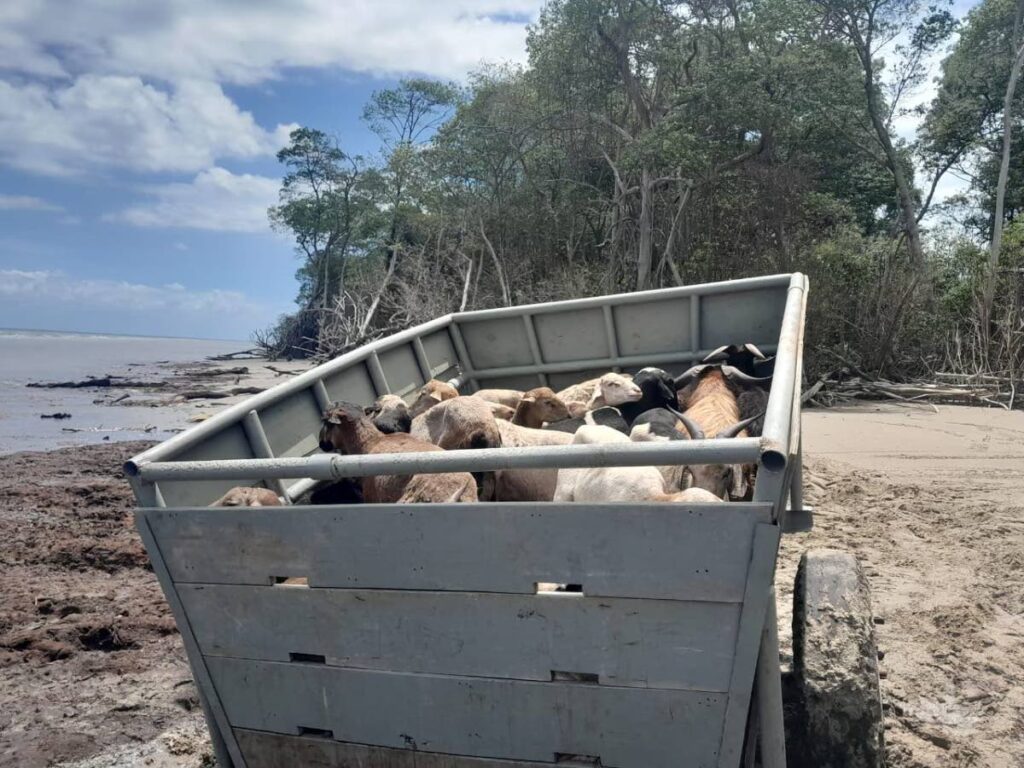The danger of illegal animals

On Tuesday, police intervened in an unusual bit of smuggling as 43 animals in a cart were being dragged ashore at Icacos. That this happened at 9 am under a brilliant sun suggests more than can be said about the confidence the smugglers had in plying their trade along these poorly patrolled shores.
But the public should not take heart because the contraband was livestock and not assault rifles.
Illegal animals intended for husbandry and eventual slaughter pose their own risks to public health and the wider environment. There’s a good reason why animals are quarantined on entry into this country and why cross-border international agreements exist to govern the import and export of livestock.
Animals in their native biome develop immunities to disease, but on introduction to a new country may spread viruses to other animals that have not developed such resistance.
Of particular concern are diseases that are zoonotic, that is, capable of crossing from animals to humans, as is thought to have been the case with covid19.
Today’s virus worry is the spread of influenza originating in avian and swine sources, particularly H5N1, a strain which has jumped from birds and already proven to be zoonotic while spreading among cows and pigs in the US. There has been limited spread in humans, and the efficiency of transmission among livestock is still unknown, but the adaptability of viruses is now something the world is well aware of.
Agriculture Minister Kazim Hosein described the incident as “disturbing” in a statement released soon after the discovery. And he is correct.
The situation he describes in that statement, the “rampant illegal importation of agricultural products and wildlife,” is worrying at best and dangerous at worst.
Beyond the threat of disease to animals and potentially to people, there is the issue of carelessly introducing species that are not indigenous to TT.
When plants and animals without natural predators or controls are introduced into a new environment, disaster can quickly follow.
Pet Burmese snakes released into Florida’s Everglades flourished and now cheerfully consume wading birds like the white ibis. The South American water hyacinth spread so abundantly in Uganda’s Lake Victoria that boats could not make their way through the growth.
Tobago’s reefs continue to be assaulted by the lionfish, with destroys reef fish populations without challenge.
A daring attempt to clumsily smuggle livestock crammed into a cart suggests it’s far from the first effort. It’s possible that unquarantined herds of animals – which might also have brought undigested seeds of invasive plant species into the country – are already roaming southern fields.
Hence this enterprise is a quick win for smugglers, but also a potentially slow poison for farming and animal husbandry in local agriculture.


Comments
"The danger of illegal animals"